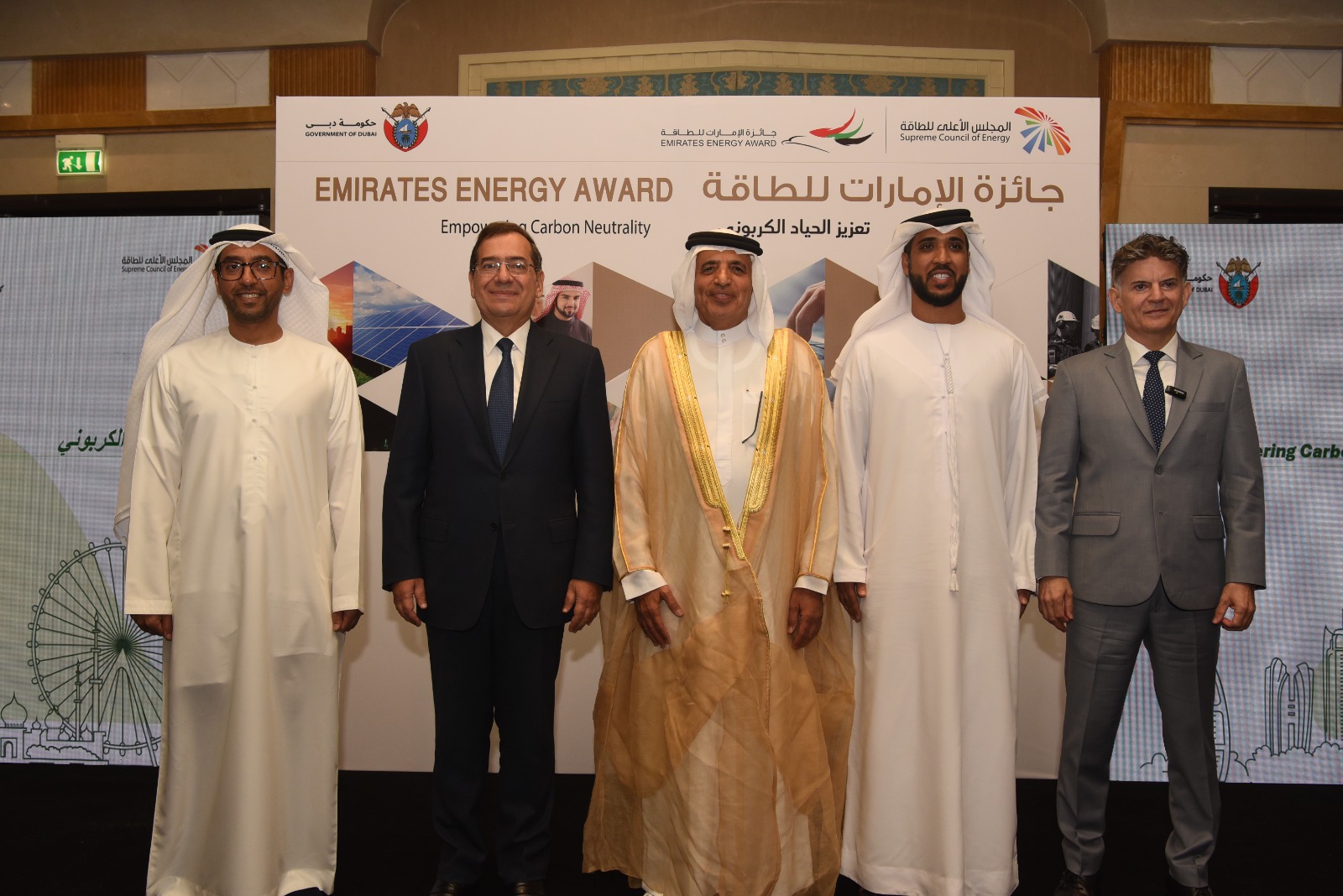The global phase-out of ozone-depleting chemicals has already benefited efforts to mitigate climate change, according to a recent report.
A report prepared by a UN-backed panel of experts said the ozone layer is on track to recover within four decades. The report was presented Monday at the 103rd annual meeting of the American Meteorological Society.
The World Meteorological Organization and the United Nations Environment Program published a joint statement on this occasion.
By studying new technologies such as geoengineering for the first time, the team warns of unintended effects on the ozone layer.
The assessment report, published every four years, issued by the UN-supported Scientific Assessment Panel of the Montreal Protocol on Substances that Deplete the Ozone Layer, confirms that the phase-out of about 99 per cent of banned substances has succeeded in protecting the ozone layer, leading to its remarkable recovery in The upper stratosphere and lower human exposure to harmful ultraviolet radiation from the sun.
Promising expectations
If current policies remain in place, the ozone layer is expected to recover to what it was in 1980 (before the ozone hole appeared) by about 2066 over the Antarctic, by 2045 over the Arctic, and by 2040 for the rest of the world.
Variations in the size of the Antarctic ozone hole, especially between 2019 and 2021, were largely driven by weather conditions.
However, the Antarctic ozone hole has been slowly improving in area and depth since 2000.
Meg Seki, Executive Secretary of the Ozone Secretariat at UNEP, said:
“It is remarkable that the ozone recovery is on track, according to the most recent quadrennial report. The impact of the Montreal Protocol on climate change mitigation cannot be overemphasized. The Protocol has become a true champion of the environment over the past 35 years. Assessments and reviews by the Scientific Assessment Panel are a vital component of the Protocol’s work, helping to inform policy-makers and decision-makers.”
Effects on climate change
The 10th Addendum to the Scientific Assessment Panel reaffirms the positive impact that the Treaty has already had on climate.
An additional 2016 agreement, known as the Kigali Amendment to the Montreal Protocol, requires a gradual reduction in the production and consumption of certain hydrofluorocarbons (HFCs).
HFCs do not directly deplete ozone, but rather are powerful climate-altering gases. The Scientific Assessment Panel said this adjustment is estimated to avert warming by 0.3-0.5°C by 2100 (and this does not include contributions from HFC-23 emissions).
A precedent in climate action
Professor Petteri Taalas, Secretary General of WHO, said:
“Ozone actions set a precedent for climate action. Our success in phasing out ozone-depleting chemicals shows us what can and must be done – urgently – to transition away from fossil fuels, reduce greenhouse gases and thus limit the increase in temperature”.
The statement of the two UN agencies stated that the latest assessment was made based on extensive studies, research and data collected by a large group of international experts, including many experts from the World Meteorological Organization, the United Nations Environment Program, the National Oceanic and Atmospheric Administration (NOAA) and the National Aeronautics and Space Administration (NASA). NASA) and the European Commission.
Ground engineering
For the first time, the Scientific Assessment Panel examined the potential effects on ozone from the deliberate addition of aerosols to the stratosphere, known as stratospheric aerosol injection (SAI).
Stratospheric aerosol injection (SAI) has been suggested as a possible way to reduce climate warming by increasing the reflection of sunlight.
However, the team warns that the unintended consequences of stratospheric aerosol injection (SAI) “could also affect stratospheric temperatures, the stratospheric cycle and ozone production, destruction and transport rates”.












